The first time my older daughters saw Frozen, they immediately placed themselves into the story. My oldest daughter was Elsa, and her beloved younger sister (a redhead) was Anna. The girls looked up to the Frozen sisters so much that the game went on for months—until the oldest noticed a key plot point in Frozen: Elsa harms Anna. My daughter didn’t want to imagine hurting her younger sister, so she shelved the game.
There is no shortage of characters our daughters are asked to look up to. Some are great heroes, but others are bad role models—and these need to be avoided entirely for younger girls or discussed and critiqued with older ones. Here are 4 types of characters you do not want your daughters to look up to.
The One Who Has it ‘All Together’
When you walk through the grocery store checkout, you might not notice her, but your daughter does. It’s the model on the cover of a woman’s magazine. She looks flawless, and the headline under her photo suggests she’s got her life figured out. Your daughter likely compares herself to this cover, to this “perfect” woman, and finds herself lacking. If it isn’t the magazine cover, it’s a character in a show that your daughter has no hope of measuring up to. This flat character has the benefit of perfect makeup, a team of writers to put words on her lips, and no real dangers to face. In real life, not having it all together gives you the opportunity to turn to others—and to God—and to ask for help.
Anti-Heroes
Everyone loves a good redemption story. It’s what makes someone like The Avengers’ Black Widow a compelling character. In the church, personal testimonies and the lives of the saints tell us precisely this sort of story. In recent years, popular culture has embraced “anti-heroes” in a variety of circumstances. The obvious examples are Batman villain Harley Quinn and Deadpool, whose lack of virtue is at best played up for comedy and at worst celebrated in their stories. The danger of the anti-hero is that our daughters will try to imitate them in many ways we wouldn’t want them to. In real life, we want our daughters to embrace virtue because it’s there that they will find goodness, joy, and fulfillment.
Disney Princesses
Yes, my daughters have princess dolls and shirts and we even own some of their favorite princess movies. But the princesses’ decisions make them bad role models for real life. Belle falls in love with her kidnapper (it’s called Stockholm Syndrome). Jasmine’s main squeeze has a problem telling the truth. And I don’t even want to get started on how Snow White met her man. Princess movies also bring to light a popular fallacy: that people can do anything we put our minds to. It’s just not true. If I don’t have particular gifts for something, I’m not going to succeed at it. In real life, we want our daughters to know we love them like princesses but that they also need to face the reality that life is much more than a fairy tale.
The Girl Whose Beauty Becomes a Weapon
It long has been understood that a woman’s beauty and her sexuality are very powerful weapons. Like any weapon, though, this power can be misused. We live at a time when our daughters are constantly told that their most valuable trait is their sexual beauty. But it isn’t true. Still, they see it on magazine covers and on billboards. They see it in the fashion they’re expected to wear. We see this in “gentleman’s” magazines that build a fortune selling provocative or nude images of women. And they see it in characters who show up on film. We need to teach our daughters differently than what they are being shown by these bad role models. In real life we want our daughters to know and to guard the gift of their sexuality, and not to use it as a weapon.
Sound off: Who are some of the characters our daughters should be looking up to?

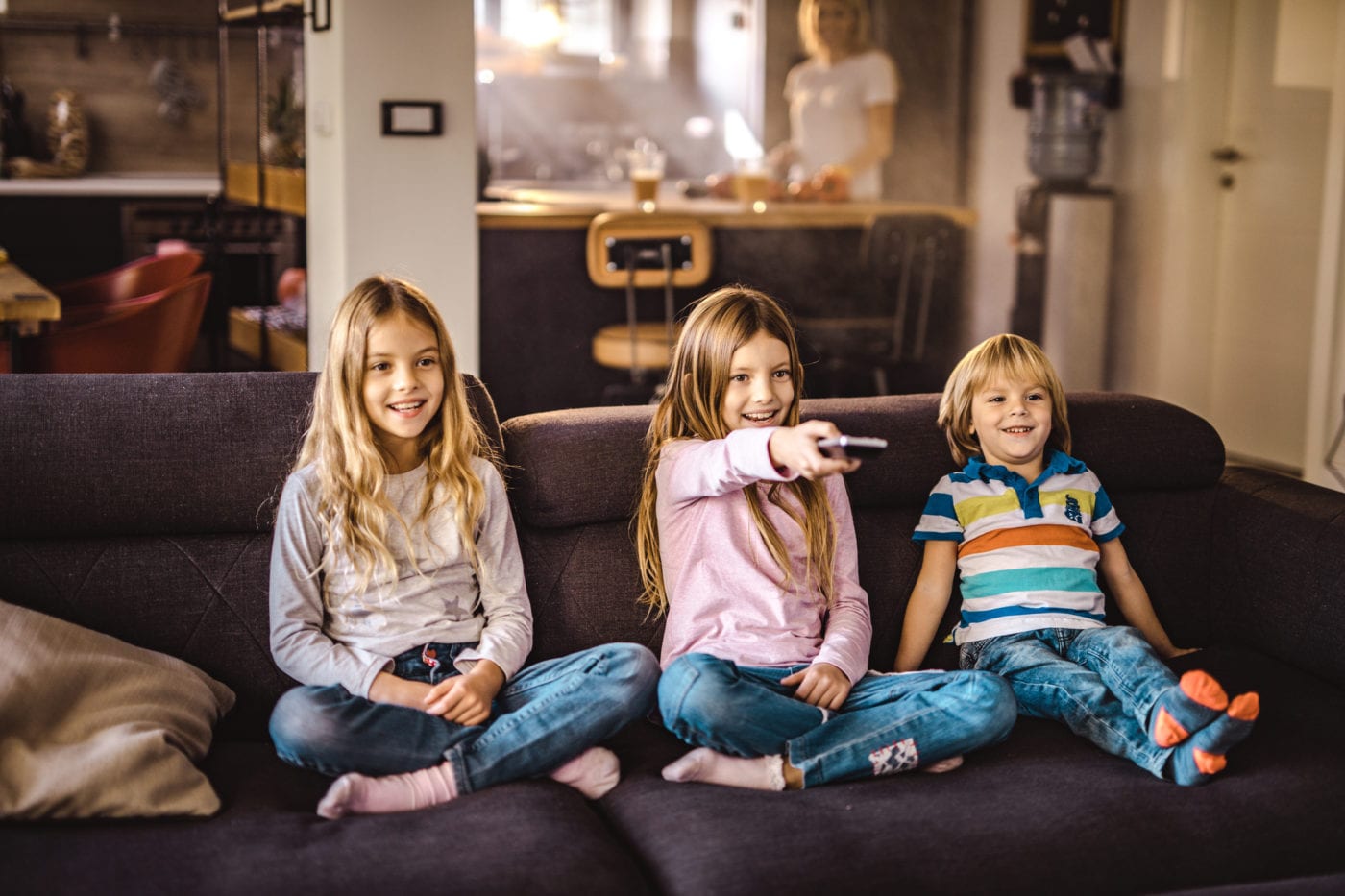
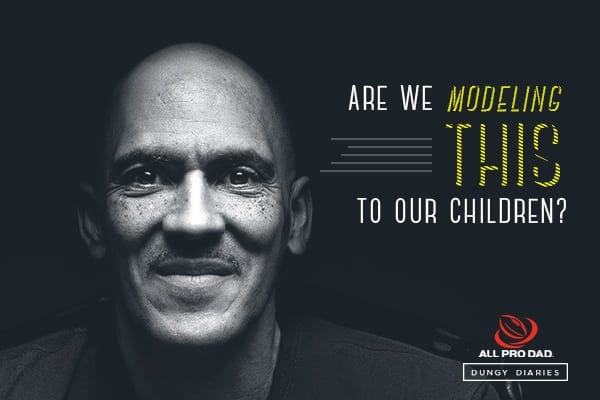
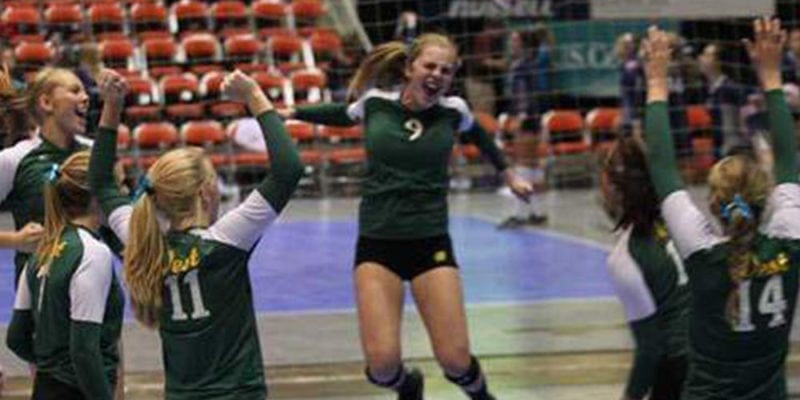
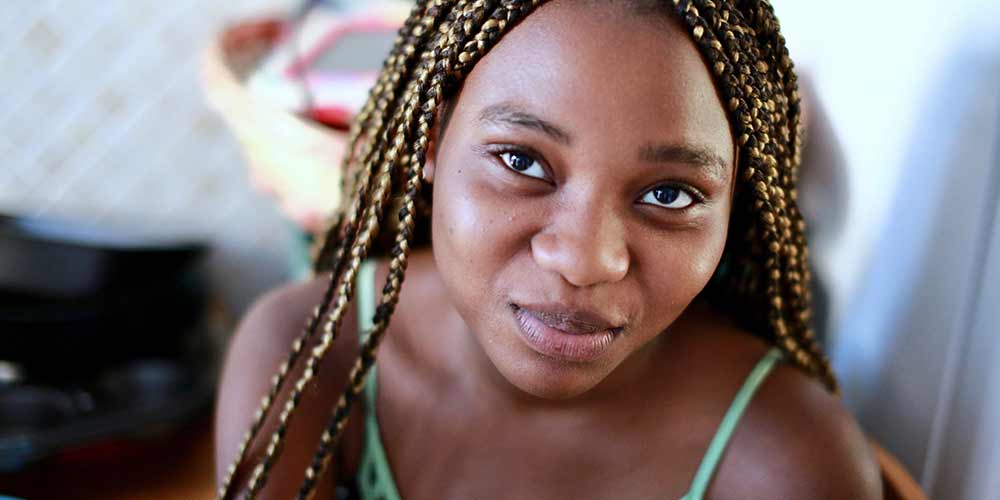


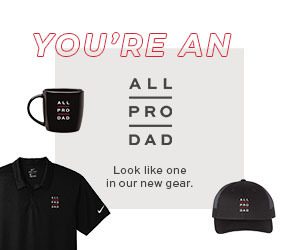



Huddle up with your kids and ask, “Who are some fictitious characters you admire and why?”